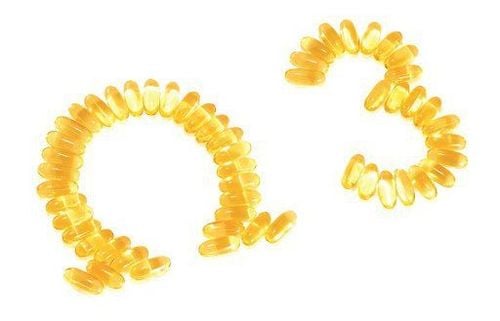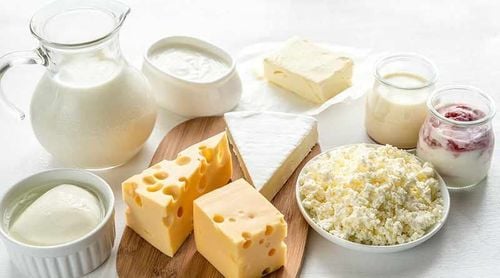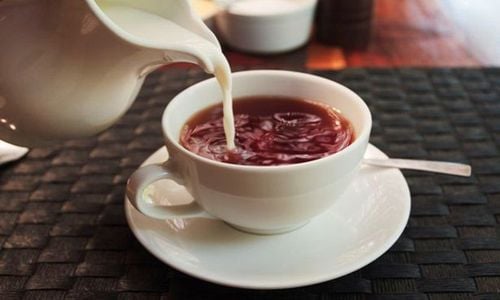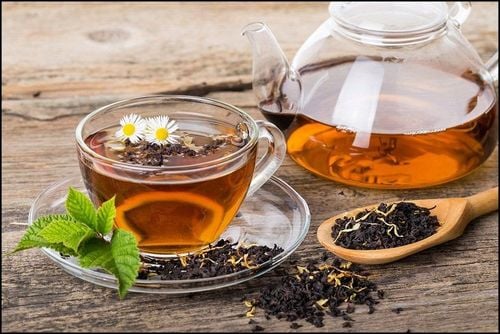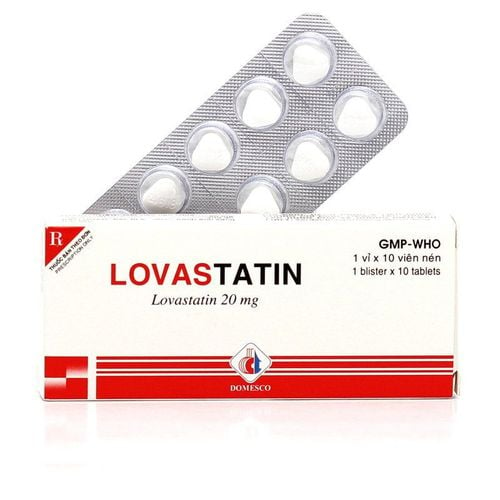This is an automatically translated article.
Boba is a Taiwanese milk tea. This drink is quite popular with a combination of sugar, natural or artificial flavors and a layer of tapioca pearls on the bottom of the cup. So, is the nutritional composition of milk tea suitable for everyone? The article will provide more details about this sugary drink.1. What is milk tea?
Milk tea or bubble tea is just one of many popular ways of calling this beverage. Most people think that the name buffalo foot tea refers to the round, bubble-like tapioca pearls at the bottom of the cup, the first milk teas were made without the added tapioca. This drink is found in Taiwanese specialty restaurants and is usually prepared by shaking ice, milk, tea, and sugar in a cocktail shaker to create plenty of froth.Milk tea is known as a sweet, non-carbonated, non-alcoholic beverage. And the ingredients in a cup of milk tea include:
Brewed or concentrated tea Milk or additives to make the drink creamy Sugar Pearl Black tea, jasmine and green tea are often used as the base . Popular fruit flavors, including: mango, kiwi, strawberry, honey and passion fruit. While there's really no "traditional" bubble milk tea recipe, the simplest are green or black tea sweetened with pearls.
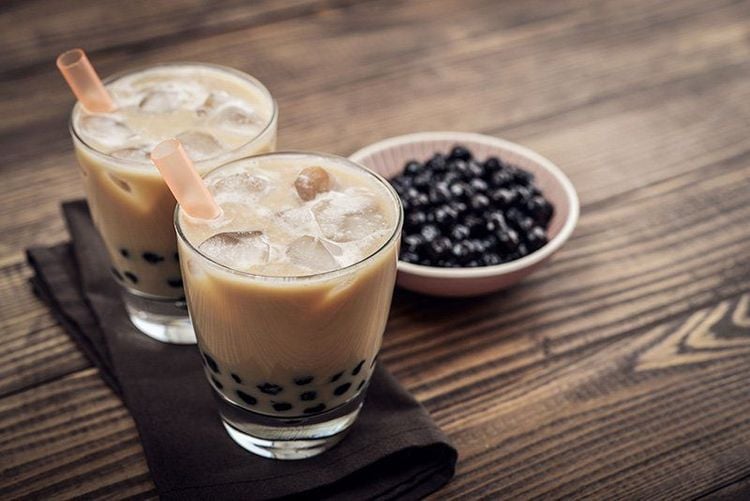
Trà sữa được biết đến như loại đồ uống ngọt, không có ga, không có cồn
2. Nutritional value of milk tea
Nutritional source of milk tea, pearls made from tapioca flour are foods that are not harmful to health. Although bubble milk tea contains the main ingredient with carbohydrates to provide quick energy. Vitamin and mineral content is very low, and lacks fiber quite a lot even though the tapioca is made from tapioca flour.The effects of phenols and polyphenols in milk tea have been studied extensively and it has been shown that this ingredient in milk tea has the potential to help fight cardiovascular diseases and obesity.
But the amount of sugar you consume when drinking bubble tea can be a risk factor for your overall health and for chronic non-communicable diseases. Also, when drinking bubble tea you won't be consuming enough of the fruit recommended in the average bubble tea drink to get the benefits of this beverage. And many tea shops use fake fruit flavors or sugared fruit concentrates.
Because, milk tea has a very high sugar content, so in addition to being interested in its nutritional composition, people always ask questions about the calorie content it provides such as: how many calories in a cup of milk tea or milk tea how many calories
Nutrition facts of some types of milk tea:
Milk tea (green or black, with fructose): 231.5 calories, 54 grams total carbs, 54 grams sugar, total fat, saturated fat saturated fat, trans fat, cholesterol, sodium, fiber, and protein are all absent (0 grams). Bubble milk tea: 317.5 calories, total fat 10.6 grams, total carbs 54 grams, sugar 36 grams, protein 1.8 grams, remaining trans fat, saturated fat, sodium, fiber are all (0 grams) ). Bubble milk tea with fruit: 264 calories, sodium 310 grams, total carbs 66 grams, fiber 1 gram, sugar 65 grams, remaining total fat, saturated fat, trans fat, protein are not available (0 grams). A note on bubble tea health: These drinks can be fun and refreshing, but be careful about how much you drink. Published research suggests that because bubble tea is relatively high in sugar, the popularity of these beverages should be considered a significant public health concern.
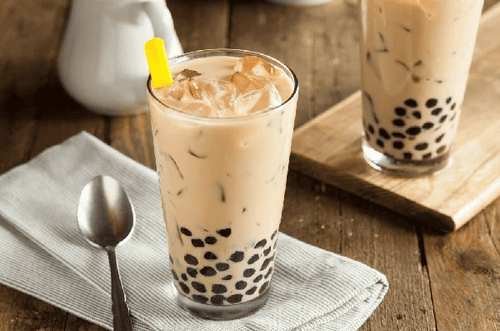
Lượng đường được bạn tiêu thụ khi uống trà sữa trân châu có thể là yếu tố nguy cơ gây ảnh hưởng tới sức khỏe nói chung và các bệnh mãn tính không lây
3. Scare additive
In the last few years, scandals related to additives - chemicals used to add to milk tea mixes by some manufacturers and importers of products into the United States have been reported. Among them, it has been reported that DEHP, also known as bis(2-ethylhexyl) phthalate, is still sometimes used as an additive for flavoring milk tea. DEHP is a chemical used to soften plastics. This additive is added to flavorings and blends to enhance color and texture instead of using more expensive palm oil. Studies that have tested this additive have found that DEHP causes reduced fertility and developmental problems.4. Be careful in using milk tea
Although an allergy to tapioca flour is rare, there are a few people who have reported intolerance to this ingredient in milk tea, and this condition is mainly seen in people with celiac disease or other digestive conditions. Cassava root, the main source of carbohydrates in some parts of the world, but improper processing of the root can lead to serious health symptoms when ingested. For example, cooking, soaking, or fermenting cassava roots or cassava peels can lead to cyanide poisoning, which affects the nervous system.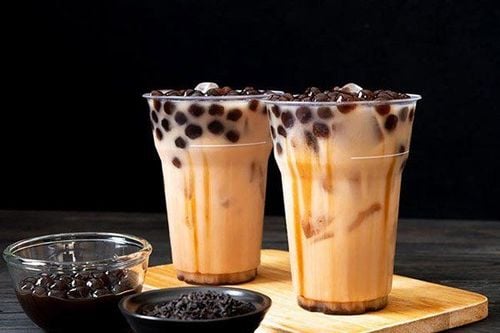
Mặc dù dị ứng với bột sắn dây rất hiếm, nhưng có một vài người đã báo cáo không dung nạp thành phần này trong trà sữa
Milk tea or pearl milk tea, sweet drinks are more entertaining than nutritious. You should use these drinks in moderation so that there may be no effects on general health.
Hope the above information has provided you with more options and answers to how many calories in a cup of milk tea. Wish you always have a scientific diet and improve your work productivity and improve your life.
Please dial HOTLINE for more information or register for an appointment HERE. Download MyVinmec app to make appointments faster and to manage your bookings easily.
Reference source: healthline.com



